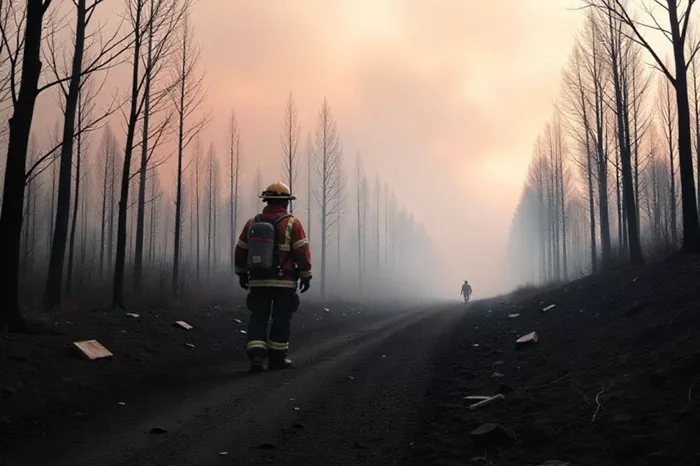Northern Minnesota, once a peaceful haven for outdoor enthusiasts, is now battling an unprecedented wildfire crisis. Three rapidly spreading fires have engulfed nearly 20,000 acres of land, severely disrupting the state’s vital summer tourism season. The wildfires have forced evacuations, caused a significant decline in air quality, and closed off roads to some of the region’s most treasured natural sites, leaving travelers stranded and businesses scrambling to manage the crisis.
The Camp House Fire near Brimson is the largest of the three and has already scorched over 11,778 acres, destroying more than 40 structures. What was once a lush, idyllic retreat for tourists is now blanketed in thick smoke and ash, as both residents and visitors are urged to flee the area.
In Superior National Forest, the Jenkins Creek Fire grew rapidly, quadrupling in size to over 6,800 acres within just 24 hours. The flames have turned once-beautiful trails to ashes, shut down accommodations, and put an indefinite halt to wildlife tourism—a major draw for the region.
Further south, the Munger Shaw Fire has claimed over 1,400 acres, compounding the already dire situation. With evacuations ramping up and roads cut off, visitors are being turned away at checkpoints. The forest is now closed, with no containment in sight for any of the fires.
As fires continue to spread, the economic and environmental toll on northern Minnesota is catastrophic. What should have been a bustling summer season, attracting tourists to hiking trails, cabins, and lodges, has turned into a devastating blow for the region’s tourism industry. While the fires remain uncontrolled, the long-term recovery for both the local ecosystem and tourism economy remains uncertain.

